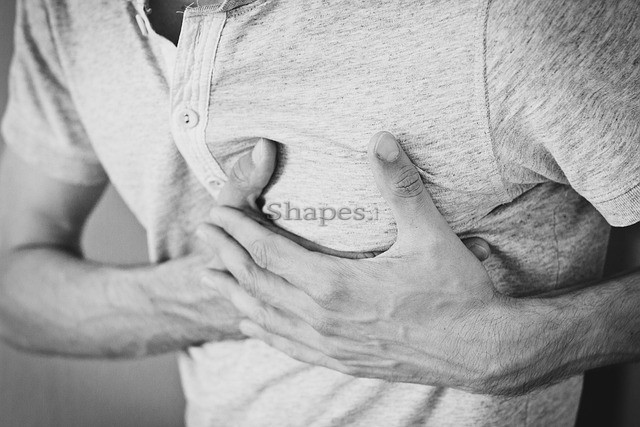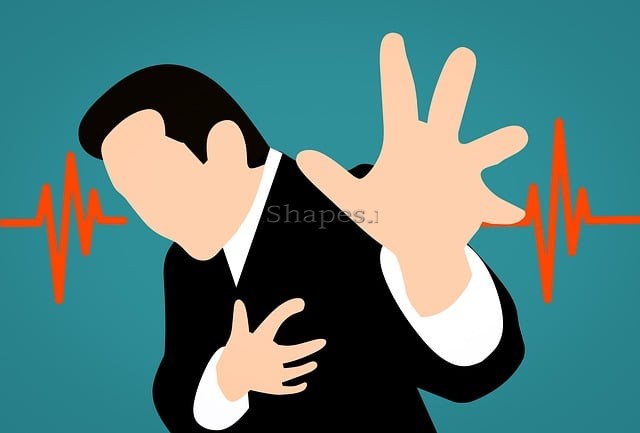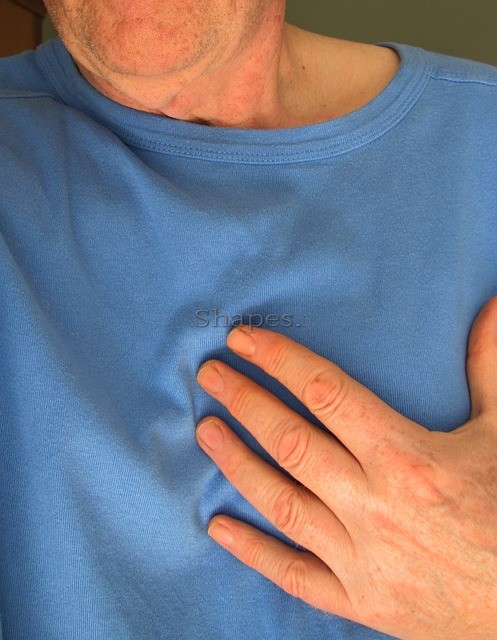
There are 4 main causes for a stroke in bathroom. Before we find those 4 causes a stroke in bathroom, it is advised not to wet your head and hair first while taking a shower due to our warm-blooded nature. Doing so can cause your body to quickly adjust its temperature, which could result in the rush of blood to the head and potentially lead to the breakage of a capillary or artery, ultimately resulting in a stroke.
Stroke in the bathroom is more common because many people tend to wet their heads and hair first before the rest of their bodies. However, this is not the correct method. Wetting the head first can cause blood to quickly rush up, leading to torn arteries and a potential stroke. As a result, it is important to avoid this method to prevent the risk of stroke.
A stroke is a medical condition that occurs when blood flow to the brain is interrupted, causing cell death. There are two types of stroke: ischemic, which is caused by a lack of blood flow, and hemorrhagic, which is caused by bleeding. As a result, a part of the brain stops working properly, causing symptoms such as difficulty moving or feeling on one side of the body, trouble speaking or understanding, dizziness, or loss of vision on one side. These symptoms usually appear shortly after the stroke has occurred.
It’s surprising to know that a considerable number of strokes happen while people are taking a fresh shower in their bathrooms. This is why our topic here is What causes a stroke in bathroom? This raises the question of whether there’s a correlation between bathing and potentially serious complications such as heart attacks or brain attacks. Is there a specific sequence of bathing that could trigger such events, or is it just a coincidence? Additionally, can a cold shower cause a stroke or heart attack? Read on to find out more.
What causes a stroke in bathroom?
- Change of temperature on head
- Abrupt changes in Blood pressure
- Toilet Strain
- Early to rise!
A recent report published in the Journal of Canada’s Medical Association has shown that the risk associated with stroke or mini-stroke is not just acute but also chronic and more perilous. Multiple research reports worldwide indicate that cases of death or paralysis from a stroke during a bath are on the rise. Doctors recommend following certain rules while bathing to minimize the risk. Failure to follow these rules can lead to fatal consequences. One such rule is to avoid soaking your head and hair first as it increases blood circulation speed immediately, thereby increasing the risk of stroke. Additionally, excessive blood pressure can cause the arteries of the brain to tear.
The way we sit on the toilet can lead to strokes during defecation. Straining too much can put a strain on the cardiovascular system and can even be fatal. Some of the most common stroke mimics are seizures, migraine, fainting, serious infections, and functional neurological disorder (FND). Once the person is diagnosed, they can have treatment or support to manage their symptoms.
How Can You Recognize the Warning Signs of Stroke?
Before experiencing a major stroke, some individuals may encounter symptoms such as headache, numbness, or tingling several days prior. According to a study, about 43% of stroke patients had mini-stroke symptoms up to a week before having a severe stroke.
Difference Between Heart Attack and Cardiac Arrest
A heart attack is a condition characterized by the blockage of blood flow to the heart, which is a circulatory issue caused by the blockage of an artery that supplies blood to a specific area of the heart. On the other hand, cardiac arrest is an electrical problem that leads to an irregular heartbeat, causing the heart to malfunction and stop beating unexpectedly. This prevents the heart from pumping blood to different parts of the body, including the brain, as the muscles fail to expand and contract, leading to a lack of blood flow.
These two medical conditions are related. It is possible for sudden cardiac arrest to occur following a heart attack.
Similarly, a stroke occurs when blood flow to a specific area of the brain is blocked, leading to a lack of oxygen and glucose for brain cells to function properly.
Proper Rules of Bathing
- Gotta get the feet wet first. Then slowly soak up to the shoulder.
- Then you have to put water in your mouth. At the end of all, water should be given to the head.
- This procedure must be followed by those with high blood pressure, high cholesterol, and migraine.
This information must be informed to elderly parents and relatives.
What is a wet or dry stroke? Detailed Information on YouTube Video
Conclusion
Cardiovascular episodes such as stroke, heart attack, and cardiac arrest can strike anyone at any given moment. It’s crucial that people are aware of the symptoms associated with these conditions and take immediate action when necessary. Adopting a healthy lifestyle is the most effective measure one can take to reduce the likelihood of experiencing a heart attack or stroke.



